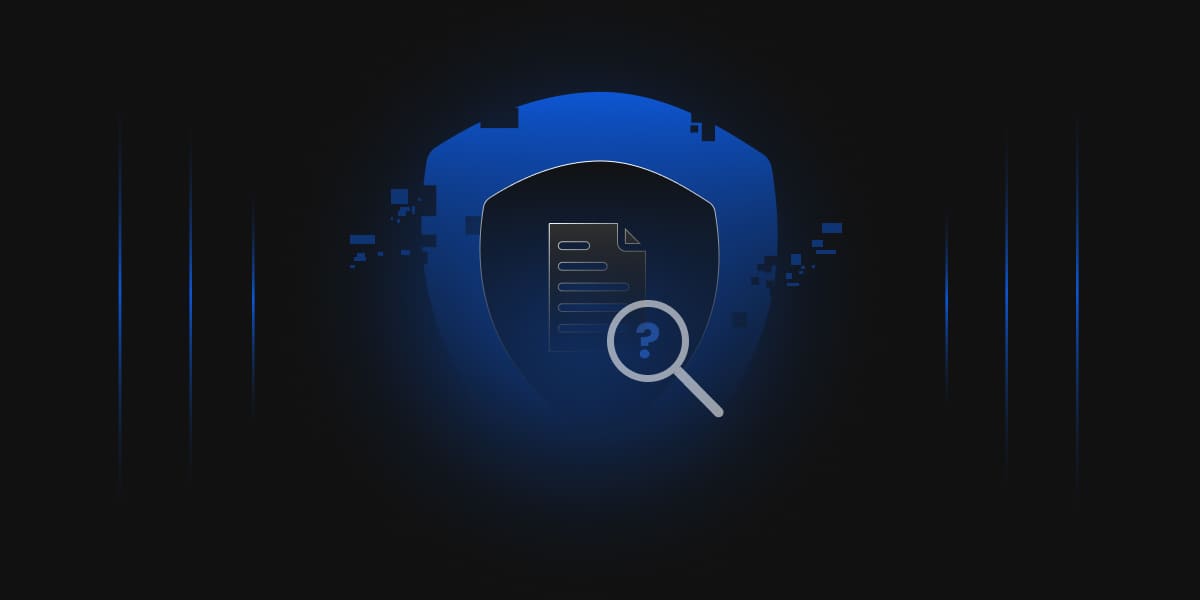What is Data Loss Prevention?
Data Loss Prevention (DLP) is a set of processes used to ensure an the organization’s sensitive data is not lost, misused, leaked, breached, or accessed by unauthorized users. Organizations use DLP to protect and secure data and comply with regulations. Organizations pass their sensitive data to partners, customers, remote employees, and other legitimate users through their network, and sometimes it may get intercepted by an unauthorized user.
Many organizations find it challenging to keep track of their data and lack effective data loss prevention best practices. This results in a lack of visibility into what data leaves the organization and obfuscates data loss prevention.
Why do you need Data Loss Prevention?
Data loss can be damaging for businesses of all sizes. The primary purpose of data loss prevention is to secure sensitive data and prevent data leakage /data breaches. Data loss prevention solutions are designed to monitor and filter data constantly. In addition to dealing with the data being used, stored, and transmitted within the network, data loss prevention applications ensure no harmful outside information enters the company network and that no sensitive information leaves the company network via an unauthorized user.
Organizations typically use DLP to
- Protect personal Identifiable Information (PII) data and comply with relevant regulations.
- Protect intellectual property, which is critical for the organization.
- Secure data on remote cloud systems or storage.
- Enforce security in a BYOD environment.
- Achieve data visibility.
Reasons why Data Loss Prevention is necessary for business
- Outside threats and attacks are increasing daily; hackers have become more sophisticated with time and finding new ways to access networks and sensitive data occurs very frequently. Organizations should actively look for new threats.
- Insider threats are also a prime reason to use DLP. Disgruntled employees deliberately cause harm to the company by sharing the company’s sensitive data with unauthorized users or by trying to find assistance from outside to carry out the attacks. The Verizon 2021 Data Breach Investigations Report revealed that more than 20% of security incidents involved insiders.
- Data loss can impact the financial health of your business. Data loss can also lead to loss of productivity, revenue, client trust and damage the company’s brand name and reputation. According to the IBM Cost of a Data Breach Report 2021, the global average data breach costs increased from $3.86 million to $4.2 million in 2021.
- Organizations have welcomed the Bring Your Own Device (BYOD) approach on an immense scale. However, some industries or organizations have poorly deployed and maintained BYOD solutions. In this case, it is easier for employees to inadvertently share sensitive information through their personal devices.
Therefore, a data loss prevention strategy is crucial to secure your data, protect intellectual property, and comply with regulations. DLP systems ensure that your company’s sensitive data is not lost, mishandled, or accessed by unauthorized users.
Data Loss Prevention (DLP) best practices:
-
Determine your data protection objective
Define what you are trying to achieve with your data loss prevention program. So you want to protect your intellectual property, better visibility, or meet regulatory and compliance requirements. Having a clear objective will help you/the organization determine the appropriate DLP solution to include your DLP strategy.
-
Data classification and identification
Identify the critical data for your business, such as client information, financial records, source codes, etc, and classify them based on their criticality level.
-
Data Security policies
Define comprehensive data security rules and policies and establish them across your company’s network. DLP technologies help block sensitive data/information/files from being shared via unsecured sources.
-
Access Management
Access to and use of critical or sensitive data should be restricted or limited based on users’ roles and responsibilities. The DLP solution helps the system administrators assign the appropriate authorization controls to users depending upon the type of data users handle and their access level.
-
Evaluate internal resources
To execute the DLP strategy/program successfully, an organization needs personnel with DLP expertise, who can help the organization to implement the appropriate DLP solution, including DLP risk analysis, reporting, data breach response, and DLP training and awareness.
-
Conduct an assessment
Evaluating the types of data and their value to the organization is an essential step in implementing a DLP program. This includes identifying relevant data, wherever the data is stored, and if it is sensitive data—intellectual property, confidential information etc.
Some DLP solutions can identify information assets by scanning the metadata of files and cataloging the result, or if necessary, analyze the content by opening the files. The next step is to evaluate the risk associated with each type of data if the data is leaked.
Losing information about employee benefits programs carries a different level of risk than the loss of 1,000 patient medical files or 100,000 bank account numbers and passwords. Additional considerations include data exit points and the likely cost to the organization if the data is lost.
-
Research for DLP vendors
Establish your evaluation criteria while researching for a DLP vendor for your organization, such as:
- Type of deployment architecture offered by the vendor.
- Operating systems (Windows, Linux, etc.) the solution supports.
- Does the vendor provide managed services?
- Protecting structured or unstructured data, what’s your concern?
- How do you plan to enforce data movement?(e.g., based on policies, events, or users)
- Regulatory and Compliance requirement for your organization.
- What is the timeline to deploy DLP solution?
- Will you need additional staff/ experts to manage DLP? Etc.
-
Define Roles and Responsibilities
Define the roles and responsibilities of individuals involved in the DLP program. This will provide checks and balances during the deployment of the program.
-
Define use cases
Organizations often try to solve all the use cases simultaneously. Define the initial approach and set fast and measurable objectives, or choose an approach to narrow your focus on specific data types.
Conclusion
DLP solutions classify regulated, confidential, and business critical data, it additionally identifies any violations of policies specified by organizations or within a predefined policy set, usually driven by regulatory compliance such as PCI-DSS, HIPAA, or GDPR. In case violations are identified, DLP enforces remediation with alerts to prevent end users from accidentally or delibartely sharing data that could put the organization at risk. DLP solutions monitor and control endpoint activities, protect data-at-rest, data-in-motion, and data-in-use, and also has a reporting feature to meet compliance and auditing requirements.




